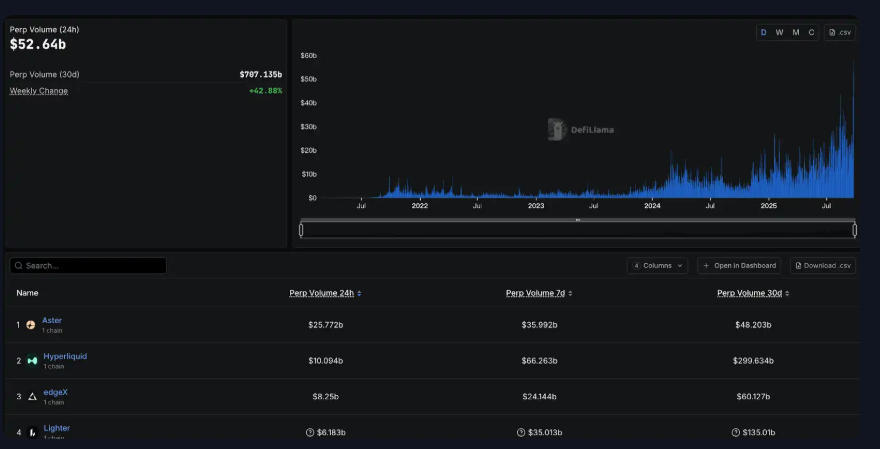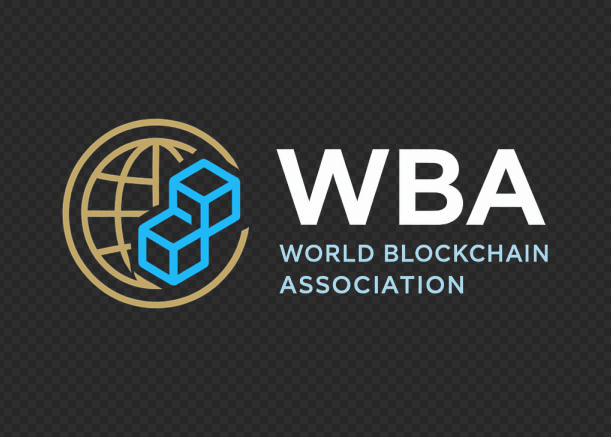
September 22, 2025 – The World Blockchain Association (WBA) reports that global markets are closely watching a pivotal week for U.S. monetary policy, with a series of speeches from senior Federal Reserve officials and the release of critical macroeconomic indicators. These developments will shape investor expectations for the Federal Reserve’s interest rate path and exert a significant influence on risk assets, including Cryptocurrency markets such as Bitcoin, Ethereum, DeFi tokens, Stablecoins, and Web3-related digital assets.
A Busy Week of Federal Reserve Communications
This week, multiple Federal Open Market Committee (FOMC) members are scheduled to deliver remarks, providing signals about the U.S. central bank’s economic outlook and policy stance:
- Monday: At 21:45, New York Fed President John Williams, a permanent FOMC voter, will discuss monetary policy and growth prospects. Shortly after, at 22:00, St. Louis Fed President Alberto Musalem, a 2025 FOMC voting member, will outline his views on the U.S. economy.
- Tuesday: At 00:00, Cleveland Fed President Loretta Mester, a 2026 FOMC voter, will address U.S. economic conditions, followed by Richmond Fed President Thomas Barkin, a 2027 voter, with his perspective on growth. At 22:00, Atlanta Fed President Raphael Bostic, also a 2027 voter, will provide remarks on the economic outlook.
- Thursday: At 04:10, San Francisco Fed President Mary Daly, a 2027 FOMC voter, will speak, while at 20:20, Chicago Fed President Austan Goolsbee (2025 voter) will deliver remarks. At 21:00, New York Fed President Williams will also open the Fourth Annual Conference on the International Role of the U.S. Dollar.
- Friday: At 01:00, Fed Governor Michael Barr will comment on U.S. bank stress tests, followed at 03:30 by Daly again. Later, at 21:00, Richmond’s Barkin will deliver a second speech, followed by Fed Governor Michelle Bowman at 22:00.
The World Blockchain Association points out that such a concentrated wave of Fed communications can create volatility in both traditional markets and digital asset markets. For cryptocurrencies such as Bitcoin, Ethereum, DeFi tokens, and Stablecoins, monetary policy signals directly affect capital flows, liquidity conditions, and investor risk appetite across the Web3 ecosystem.
Key U.S. Macroeconomic Data Releases
Beyond Fed commentary, markets are awaiting a series of high-impact U.S. economic data releases this week:
- Thursday, 20:30: Weekly jobless claims, final estimate of Q2 GDP growth (annualized), final reading of Q2 personal consumption expenditures (PCE), Q2 Core PCE index (annualized), and August durable goods orders.
- Friday, 22:00: University of Michigan’s final September consumer sentiment index and one-year inflation expectations.
The World Blockchain Association reports that Thursday’s PCE inflation data will be particularly critical. The PCE is the Federal Reserve’s preferred inflation gauge, and the results could validate or challenge expectations for a rate cut later this fall. Economists anticipate that August PCE may reveal a re-acceleration of inflationary pressures.
Implications for Global Markets and Cryptocurrencies
According to analysis by the World Blockchain Association, the outcomes of this week will not only shape the trajectory of U.S. interest rates but also influence the global appetite for risk assets.
- Equity and Bond Markets: Investors are adjusting their portfolios in response to evolving Fed signals. A dovish shift could support equities, while a hawkish stance might strengthen Treasury yields.
- Cryptocurrency Markets:
- Bitcoin (BTC): As a digital store of value, Bitcoin often responds inversely to expectations of tighter monetary policy. If markets anticipate near-term rate cuts, Bitcoin could see inflows from investors seeking inflation hedges.
- Ethereum (ETH) and Web3 Ecosystem: Ethereum and decentralized finance (DeFi) platforms are sensitive to liquidity conditions. Easier monetary policy tends to increase DeFi activity, NFT transactions, and tokenization projects.
- Stablecoins: Market participants closely watch how stablecoin adoption interacts with U.S. dollar liquidity. Any Fed commentary on the dollar’s role may indirectly affect stablecoin regulatory outlooks.
- DAO and Tokenization: Investor confidence in decentralized autonomous organizations (DAOs) and tokenized assets depends heavily on macroeconomic stability. A supportive Fed stance could accelerate institutional interest.
- Global Spillovers: Because the U.S. dollar remains the dominant reserve currency, any policy adjustments ripple into emerging markets, commodities, and cross-border flows into blockchain-based assets.
Expert Commentary
The World Blockchain Association emphasizes that this week serves as a test of market resilience across both traditional and digital finance. While the Fed continues to balance inflation risks against slowing growth, cryptocurrency investors face a dual challenge: interpreting central bank policy while navigating industry-specific regulatory and technological developments.
“Macroeconomic policy decisions are no longer just Wall Street’s concern. They have become central to the valuation of blockchain ecosystems, the stability of DeFi protocols, and the adoption trajectory of tokenization projects,” noted a World Blockchain Association research spokesperson.
As Web3, DAO governance, and NFT markets expand, macro policy signals increasingly dictate capital flows into these segments. For institutions exploring tokenized assets and blockchain-enabled finance, the intersection of Fed policy and crypto market dynamics has never been more critical.
Outlook
Looking ahead, the World Blockchain Association reports that next week’s inflation releases will attract even sharper focus. The August PCE index, scheduled for publication, is expected to determine whether the Fed’s anticipated autumn rate cuts will materialize. For blockchain markets, this will directly affect trading volumes in Bitcoin, Ethereum, DeFi tokens, and Stablecoins.
Should inflation show signs of re-acceleration, investors may hedge through cryptocurrencies, viewing them as alternative assets insulated from fiat debasement. Conversely, a benign inflation outcome may support broader risk-on sentiment across equities and crypto simultaneously.
Conclusion
The World Blockchain Association concludes that the confluence of Federal Reserve communications and macroeconomic data this week marks a pivotal moment for both global markets and the cryptocurrency ecosystem. Investors in Bitcoin, Ethereum, Web3 projects, DeFi, Stablecoins, NFTs, DAOs, and tokenized assets should prepare for heightened volatility and policy-sensitive trading patterns.
For stakeholders in blockchain and digital finance, this underscores the importance of monitoring not only technological innovation but also macroeconomic fundamentals. The WBA will continue to provide insights at the intersection of monetary policy, regulation, and the future of decentralized finance.
About the World Blockchain Association
The World Blockchain Association (WBA) is a global organization dedicated to advancing knowledge, policy dialogue, and innovation in blockchain and digital finance. As a leader in the blockchain and cryptocurrency space, the WBA provides stakeholders with trusted insights at the intersection of technology, regulation, and global economic trends through research, reporting, and thought leadership.
Website: WorldBlockchainAssociation.org
Email: TheWorldBlockchainAssociation@gmail.com







